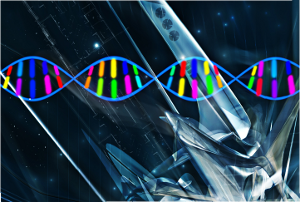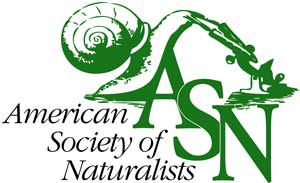| Description | Participants | Agenda | Videos |
|---|
NIMBioS Tutorial
Evolutionary Quantitative Genetics 2016

Topic: Evolutionary quantitative genetics 2016
Meeting dates: August 8–12, 2016
Location: NIMBioS at the University of Tennessee, Knoxville
Organizers:
Stevan J. Arnold, Integrative Biology, Oregon State Univ.
Joe Felsenstein, Genome Sciences, Univ. of Washington, Seattle
Objectives: This tutorial reviewed the basics of theory in the field of evolutionary quantitative genetics and its connections to evolution observed at various time scales. Quantitative genetics deals with the inheritance of measurements of traits that are affected by many genes. Quantitative genetic theory for natural populations was developed considerably in the period from 1970 to 1990 and up to the present, and it has been applied to a wide range of phenomena including the evolution of differences between the sexes, sexual preferences, life history traits, plasticity of traits, as well as the evolution of body size and other morphological measurements. Textbooks have not kept pace with these developments, and currently few universities offer courses in this subject aimed at evolutionary biologists. There is a need for evolutionary biologists to understand this field because of the ability to collect large amounts of data by computer, the development of statistical methods for changes of traits on evolutionary trees and for changes in a single species through time, and the realization that quantitative characters will not soon be fully explained by genomics. This tutorial aimed to fill this need by reviewing basic aspects of theory and illustrating how that theory can be tested with data, both from single species and with multiple-species phylogenies. Participants learned to use R, an open-source statistical programming language, to build and test evolutionary models. The intended participants for this tutorial were graduate students, postdocs, and junior faculty members in evolutionary biology.
The content of this tutorial was similar to the tutorial held at NIMBioS in 2015. For more information about that tutorial, click here.
Co-sponsor: American Society of Naturalists
Instructors:
Stevan J. Arnold, Integrative Biology, Oregon State Univ.
Marguerite Butler, Zoology, Univ. of Hawaii
Patrick Carter, Evolutionary Physiology, Washington State Univ., Pullman
Joe Felsenstein (by video link), Genome Sciences, Univ. of Washington, Seattle
Adam Jones, Biology, Texas A&M Univ.
Brian O'Meara, Ecology & Evolutionary Biology, Univ. of Tennessee
Patrick Phillips, Institute of Ecology and Evolution, Univ. of Oregon
Josef Uyeda, Bioinformatics and Evolutionary Studies, Univ. of Idaho, Moscow
Evolutionary Quantitative Genetics WordPress Site
The tutorial was live streamed. Selected presentation videos are available online.
Playlist of online videos.
 Summary Report. TBA
Summary Report. TBA
Evaluation report (PDF)
A goal of NIMBioS is to enhance the cadre of researchers capable of interdisciplinary efforts across mathematics and biology. As part of this goal, NIMBioS is committed to promoting diversity in all its activities. Diversity is considered in all its aspects, social and scientific, including gender, ethnicity, scientific field, career stage, geography and type of home institution. Questions regarding diversity issues should be directed to diversity@nimbios.org. You can read more about our Diversity Plan on our NIMBioS Policies web page. The NIMBioS building is fully handicapped accessible.
NIMBioS
1122 Volunteer Blvd., Suite 106
University of Tennessee
Knoxville,
TN 37996-3410
PH: (865) 974-9334
FAX: (865) 974-9461
Contact NIMBioS





